I am developing a larger system for navigation and positioning of automated guided vehicles and have stumbled upon a problem. When developing a map, the important part is finding the walls. The navigation is done using a LiDAR unit.
An example "image" of that the sensor sees is as follows:

And the wanted output is something like this:

I have looked alot at the Hough transform and the RANSAC algorithm but the Hough transform as from what I know is used on images which is not optimal for my case and the RANSAC is not great for finding multiple walls in sparse data.
The data that was used in this specific example can be found in this link: https://drive.google.com/file/d/1EnSOr2FYjIdqG1RdFgTkgsoEhVcG7Tl_/view?usp=sharing Where the two arrays in the file represent x and y coordinates where elemets correspond by index.
Im developing in python but I have no issue to write the algorithm myself if anyone knows a suitable one that is not available in a package or so.
Thanks in advance, Jakob


